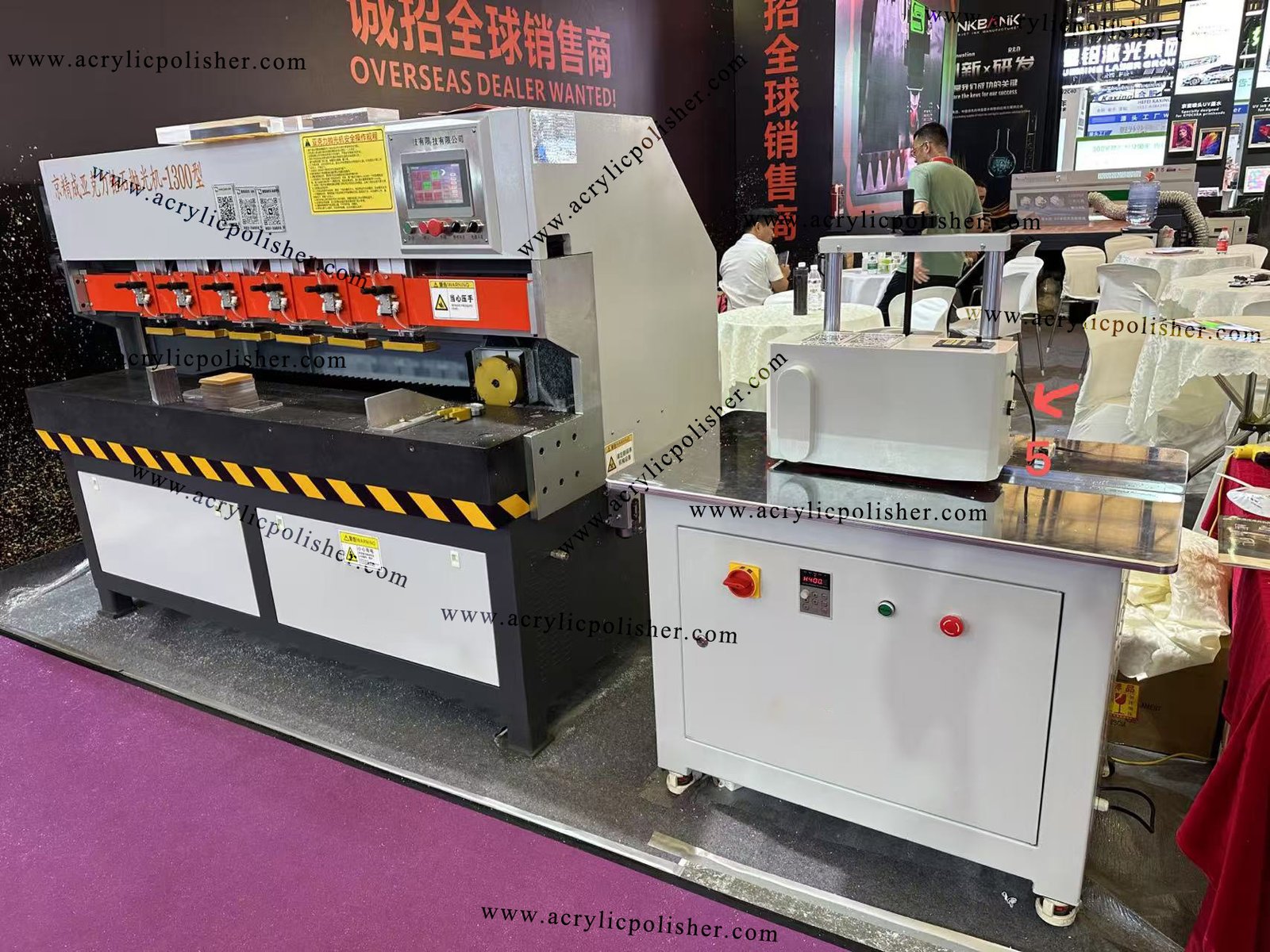Factors Affecting the Cutting Speed of Acrylic Polishing Machines
Many users expect their acrylic cutting machines to operate at very high speeds, especially when processing large acrylic boards. However, in real applications, cutting speed varies significantly depending on the characteristics of the material and the operating conditions. Understanding the main influencing factors allows operators to achieve faster and cleaner cuts without compromising quality.
1. Material Properties
Acrylic laser cutting machines are commonly used for non-metallic sheets such as acrylic, wood, PVC, and plastics. Occasionally, they are also applied to cut metals like aluminum or steel. However, non-metallic materials can usually be cut at much higher speeds. Metals such as aluminum and steel are highly reflective, causing partial reflection of the laser beam, which reduces cutting efficiency. As a result, the machine must slow down to achieve clean and precise cuts.
2. Material Thickness
Cutting thinner sheets is much faster and easier than cutting thicker materials. Thicker boards require more energy and time to penetrate, which naturally reduces the cutting speed. For example, a 5mm acrylic sheet can be cut much faster than a 20mm sheet, even with the same laser power.
3. Use of Auxiliary Gas
When cutting difficult or reflective materials, auxiliary gases such as oxygen or nitrogen are often introduced. These gases improve combustion, help remove molten material, and significantly enhance cutting efficiency. Using oxygen or nitrogen can increase cutting speed by up to three times compared to ordinary compressed air. Therefore, auxiliary gas is an important factor in achieving higher processing speeds.
Tips: The cutting speed of an acrylic polishing or cutting machine is influenced by multiple variables, including the material type, material thickness, and the use of auxiliary gas. By understanding and optimizing these factors, operators can achieve higher efficiency, better edge quality, and longer machine lifespan.


